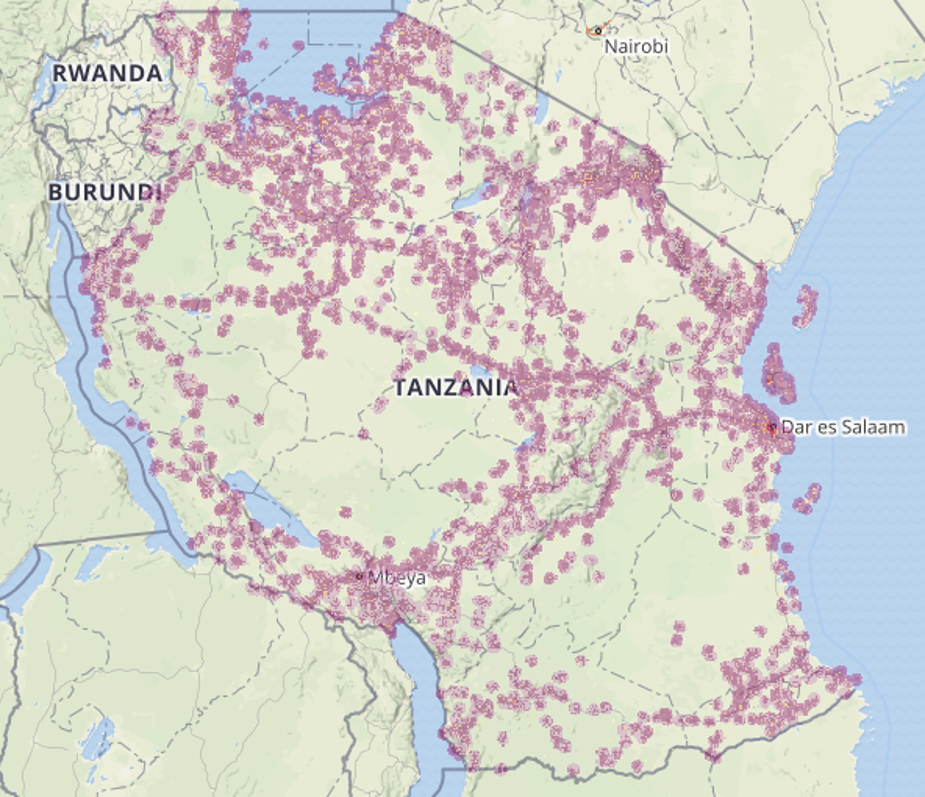Recommended
Thirteen years ago, my brother Robert and I wrote a paper, “Superfast: Is It Really Worth A Subsidy?” It looked at the provision of superfast internet through fiber connectivity that reached all the way to people’s homes and so allowed connection speeds at the hundreds or even thousands of megabits. It argued:
“Governments around the world are investing multiple billions to support the roll-out of fiber to enable high speed broadband…. It is argued that [this] will support economic growth and is key to national competitiveness; that it will benefit education, healthcare, transportation and the electricity industry; and that it will be the TV platform of the future. In this paper we argue that the evidence to support these views is surprisingly weak.”
The paper came out just as the Australian government announced it was going to build a superfast National Broadband Network, or NBN, so it stirred up some controversy. Thirteen years on, the NBN, subject to redesign, rising costs, and competition from 5G mobile networks, is struggling financially, but that doesn’t necessarily mean that superfast broadband rollout was a mistake if there were large consumer benefits. And with regard to those benefits, there is a lot more evidence on the impacts of superfast connectivity—not least because it has been rolled out in a lot of places. In a new paper with Zack Gehan, Robert and I looked at recent data from the UK to ask if superfast access shows signs of the transformative impact that proponents suggest. The answer, in short, is ‘still not yet, apparently.’ Very fast internet connections aren’t associated with more usage, and there’s (still) little sign of a ‘killer app’ that requires the speeds they provide. Household internet data usage is determined by demographic factors far more than by available download speeds.
That’s all maybe a bit off topic for a CGD blog post: the superfast speeds and fiber-to-the home infrastructure we focus on is still largely a rich-world phenomenon. But reading some of the commentary around the older paper did surface a discussion of greater immediate relevance to global development. Back in 2010, economist John Quiggin, an NBN fan, noted I had long been skeptic on the economic impact of the internet and suggested a paper I’d written in 2002 titled “Should we try to bridge the global digital divide?” had proven too pessimistic. He was right.
In that paper, I argued the internet was largely an irrelevance in the fight against extreme poverty. In considerable part that was because the cost of delivering internet services to public kiosks—the approach advocated at the time—was considerable: I reckoned it would take a subsidy of about $50 per person per year to provide internet services for one hour a week to people living on a dollar a day. But I also suggested there were significant demand-side issues: literacy and language barriers alongside lack of financial access would all mean the internet would have low utility for even those lucky few who got access: it was an “unsuitable technology for poor people.” I pushed for universal telephone access instead.
No one would call that a prognosticator’s finest hour.
I utterly didn’t foresee the revolution in mobile internet services, and the incredibly innovative ways that it would be used. Back in 2002, 11 percent of the world’s population were internet users. Today, it is 63 percent—the considerable majority using connections over cheap mobile phones. Even in the world’s poorest countries usage rates have climbed above a fifth of all people. And five years after I wrote that ‘digital divide’ paperi, Kenya’s M-PESA mobile money system launched, using internet technologies to start a revolution in access to financial services embracing users who could bank by text. Worldwide since 2011, the proportion of adults with a bank account or mobile money service provider has climbed from one half to over three quarters. And the services poor people can access via mobile have exploded, perhaps especially in India. The impact of the mobile communications revolution has been large enough to upend GDP statistics in a number of developing countries.
On the plus side, I think the ‘digital divide’ paper’s policy conclusion still remains correct in its call for universal mobile access rather than government-subsidized internet kiosks (to the extent these are still a thing). And by the time I’d finished a book on the subject in 2006, I was pointing to mobile banking as a reason to push for greater internet access via mobile phones. In short, I was wrong on demand-side constraints, closer to right when it came to supply-side infrastructure—not expensive fixed, but cheap mobile.
Getting back to superfast, is there a lesson? Given my record on demand-side predictions, I’m certainly cautious in suggesting that the demographic factors we point to as driving internet data use are either universal or permanent—I’d hope usage rates would go up amongst the elderly for example. But even as new apps appear and demand for internet-enabled services continues to climb, that doesn’t necessarily imply that we know what infrastructure will be needed to deliver them. Internet-enabled banking didn’t use kiosks but mobile phones. That suggests ‘future proofing’ through massive infrastructure upgrades far beyond current demand may well prove unnecessary—and if it comes at the cost of ‘present improving’ it would still be a mistake.
Disclaimer
CGD blog posts reflect the views of the authors, drawing on prior research and experience in their areas of expertise. CGD is a nonpartisan, independent organization and does not take institutional positions.
Image credit for social media/web: Confidence / Adobe Stock







